13 Rare Antique Scientific Instruments Sought After by Collectors
Antique scientific instruments offer a fascinating glimpse into the history of discovery and invention. Collectors value these pieces for their craftsmanship and historical importance. Many of these instruments were used by pioneers in fields like astronomy, navigation, and medicine. Owning one means holding a piece of science’s past. This article highlights prized antique scientific instruments that attract collectors worldwide.
This post may contain affiliate links, which helps keep this content free. Please read our disclosure for more info.
Astrolabe
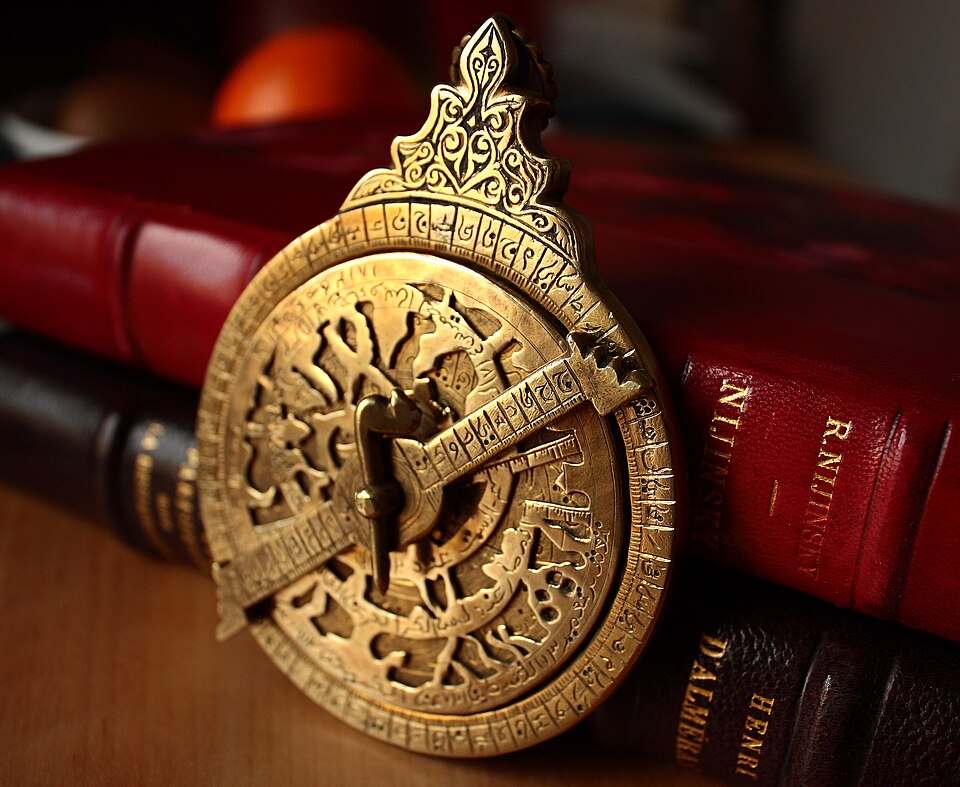
The astrolabe is an ancient instrument created to measure the position of stars and planets. It was developed around 150 BC and widely used by astronomers and navigators. Its purpose was to aid in celestial navigation and timekeeping. Collectors prize astrolabes for their intricate design and historical role in exploration.
Antique astrolabes are often made of brass or bronze and feature detailed engravings. Their value depends on age, condition, and maker, with prices ranging from $2,000 to over $50,000. They represent the early human effort to understand the heavens. Owning an astrolabe connects one to centuries of scientific advancement.
Sextant
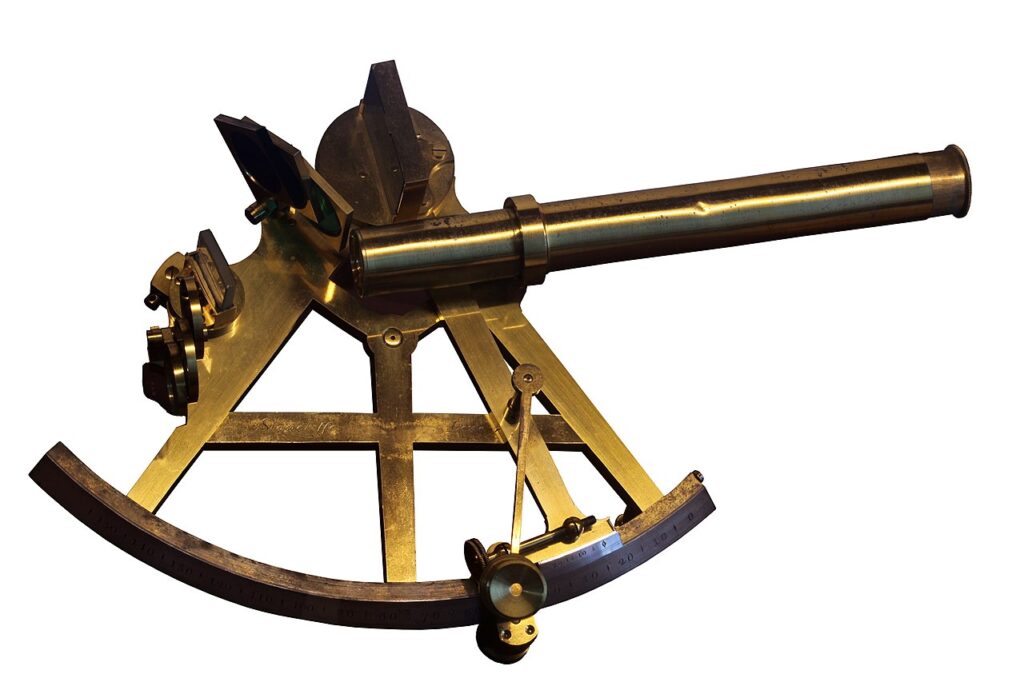
The sextant was created in the 18th century to improve navigation at sea by measuring the angle between celestial bodies and the horizon. It replaced earlier instruments and allowed sailors to determine latitude accurately. Sextants are made from brass and other metals, with precise optical components. Their importance in maritime history makes them highly collectible.
Antique sextants can sell for $1,000 to $20,000, depending on the maker and condition. They symbolize human ingenuity in solving navigation challenges. Many collectors look for rare or early models. Proper care preserves their function and appearance.
Orrery

An orrery is a mechanical model of the solar system, created to demonstrate the motion of planets around the sun. These were first developed in the early 18th century and used for teaching astronomy. They are often made of brass and wood and contain moving parts. Their complexity and artistic quality attract collectors.
Antique orreries can be valued from $10,000 to over $100,000. Their craftsmanship and educational history add to their appeal. Some orreries include intricate gear systems that remain functional. They are prized for blending science and art.
Chronometer
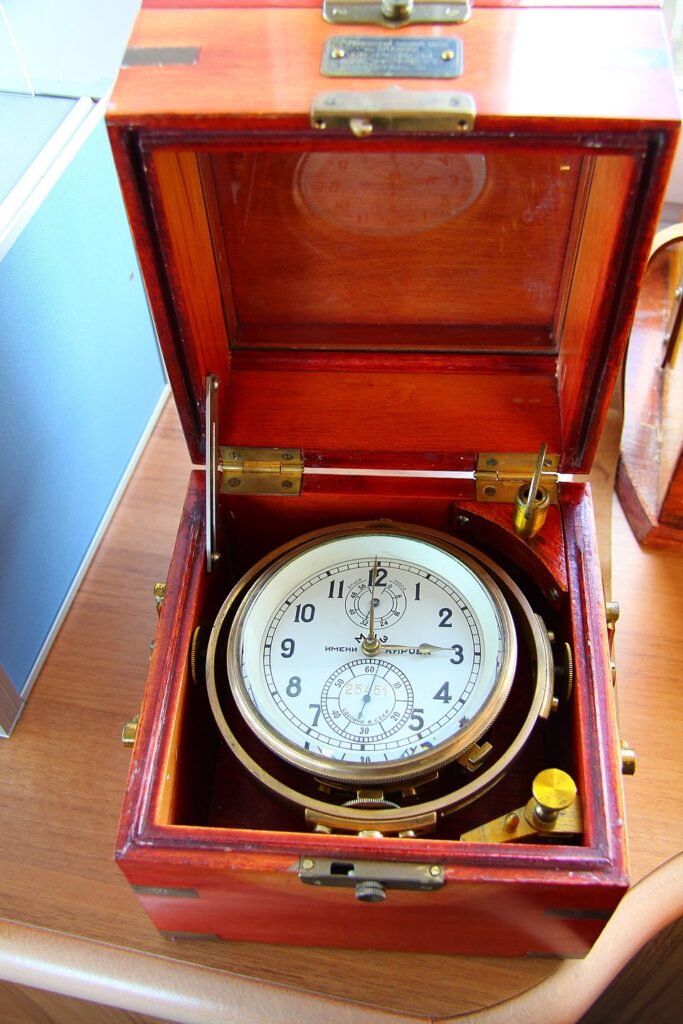
The marine chronometer was invented in the 18th century to accurately measure time at sea, helping determine longitude. John Harrison is a famous maker of early chronometers. These instruments needed to be highly precise and durable under harsh conditions. Their impact on navigation makes them sought-after collector items.
Original chronometers can reach prices from $5,000 to more than $100,000. They are valued for their engineering and historical importance. Many are housed in museums but some appear in auctions. Collectors appreciate their role in improving maritime safety.
Microscope
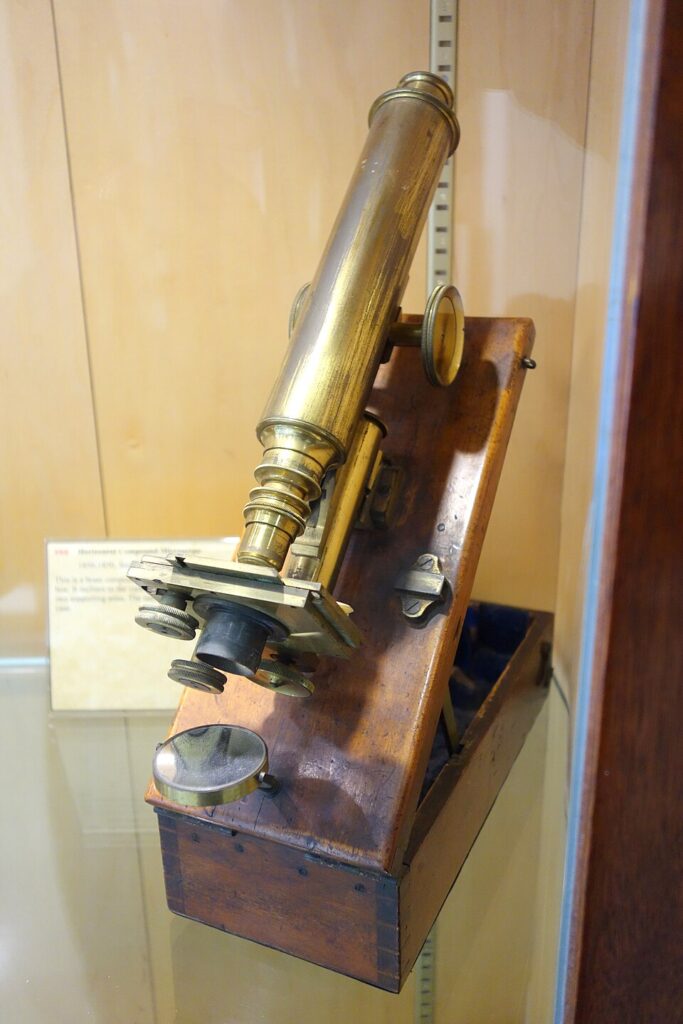
Early microscopes were developed in the 16th and 17th centuries to magnify small objects for scientific study. Makers like Robert Hooke contributed to their design. Antique microscopes are often crafted from brass and wood, featuring simple optical systems. Their importance in biology and medicine drives collector interest.
Microscopes from the 18th and 19th centuries can fetch $1,000 to $30,000. Condition and rarity affect value significantly. Many were handmade and show fine workmanship. They symbolize the advancement of science through observation.
Barometer
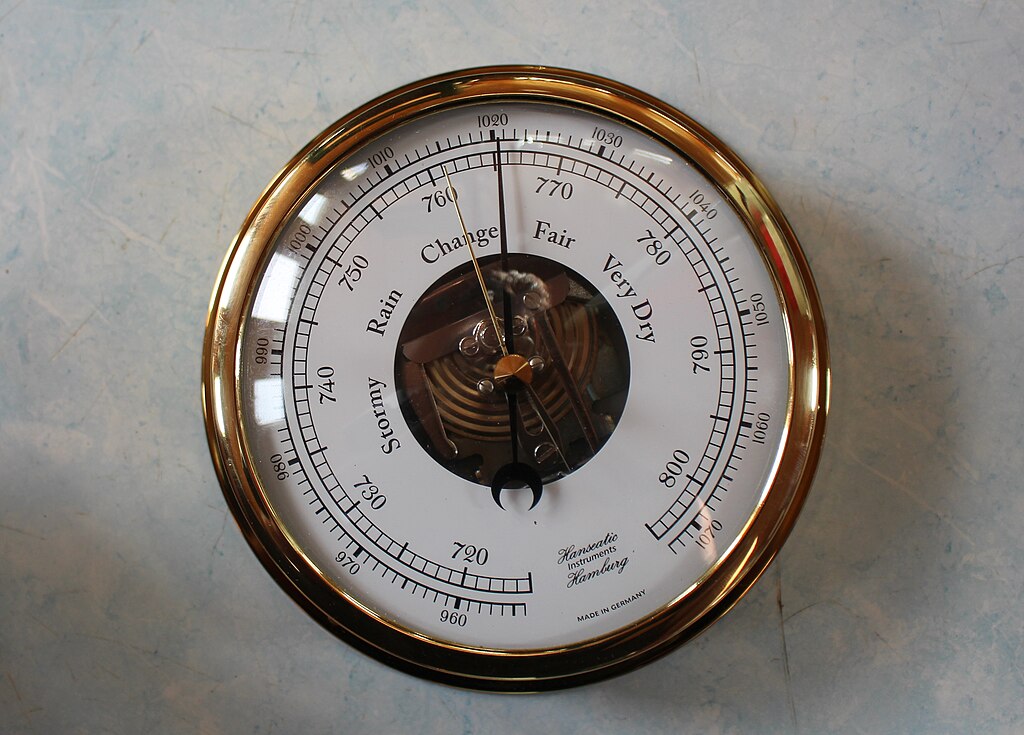
The barometer was invented in the 17th century to measure atmospheric pressure and predict weather changes. Evangelista Torricelli is credited with creating the first mercury barometer. Antique barometers are made from glass, wood, and metal, often decorated elaborately. Their combination of function and beauty makes them collectible.
Prices vary widely, from a few hundred to several thousand dollars. Barometers are popular among collectors of scientific and decorative antiques. Their historic role in meteorology adds interest. Maintaining mercury barometers requires caution due to their materials.
Telescope

The telescope was invented in the early 17th century to observe distant objects in space. Galileo Galilei was one of the first to use it for astronomical discoveries. Antique telescopes are made of brass and wood and often feature hand-ground lenses. They are prized for their connection to early astronomy.
Collector prices range from $2,000 to over $50,000 depending on maker and condition. Early models with provenance are especially valuable. Telescopes represent humanity’s quest to explore the universe. They remain symbols of curiosity and knowledge.
Slide Rule

The slide rule was developed in the 17th century as a mechanical calculator for multiplication, division, and other functions. It was widely used before electronic calculators became common. Antique slide rules are made from wood, metal, and plastic, often with detailed markings. They are popular among collectors of vintage scientific tools.
Prices range from $50 to several thousand dollars depending on rarity and condition. Slide rules reflect the evolution of computational tools. Some models were made for specialized scientific or engineering uses. They are reminders of manual calculation methods.
Planisphere
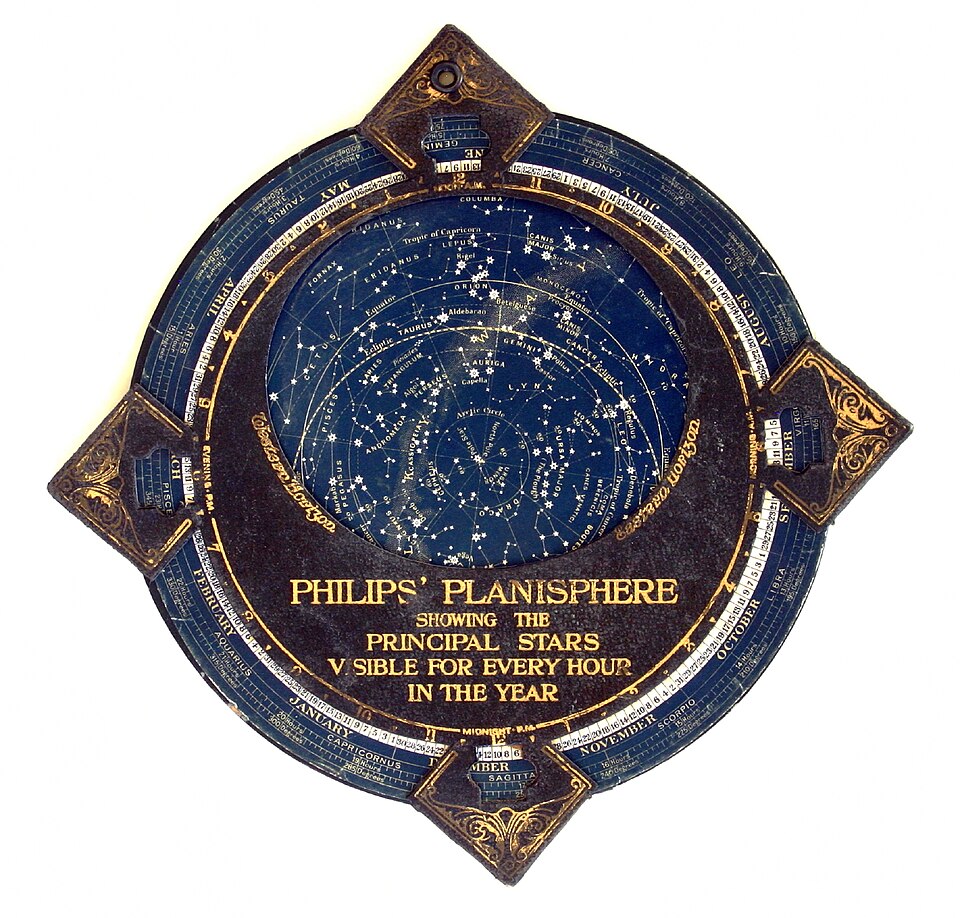
A planisphere is a rotating star chart invented centuries ago to help locate stars and constellations in the night sky. It is usually made from metal or cardboard with engraved or printed markings. This instrument was used by astronomers and navigators for practical observations. Antique planispheres are sought for their educational value and craftsmanship.
Collector values generally range from $100 to $2,000. Early models with fine engravings command higher prices. They illustrate how people studied the skies before modern technology. Owning one connects to centuries of stargazing tradition.
Compass
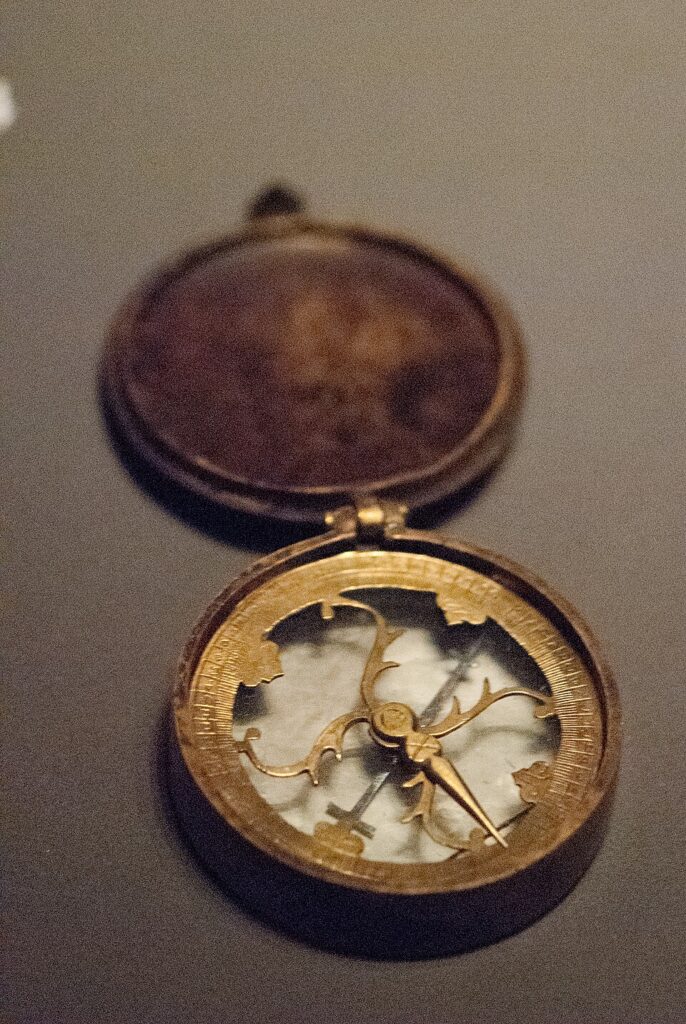
The magnetic compass, invented centuries ago, was essential for navigation by showing direction relative to Earth’s magnetic poles. Early compasses are made of brass and wood, sometimes housed in decorative cases. Their historic importance in exploration makes them prized by collectors. Antique compasses represent key advances in travel and discovery.
Market values vary from $100 to $5,000 depending on maker and age. Some rare compasses are linked to famous voyages. They symbolize human curiosity and adventure. Maintaining their condition preserves their appeal.
Electrostatic Generator
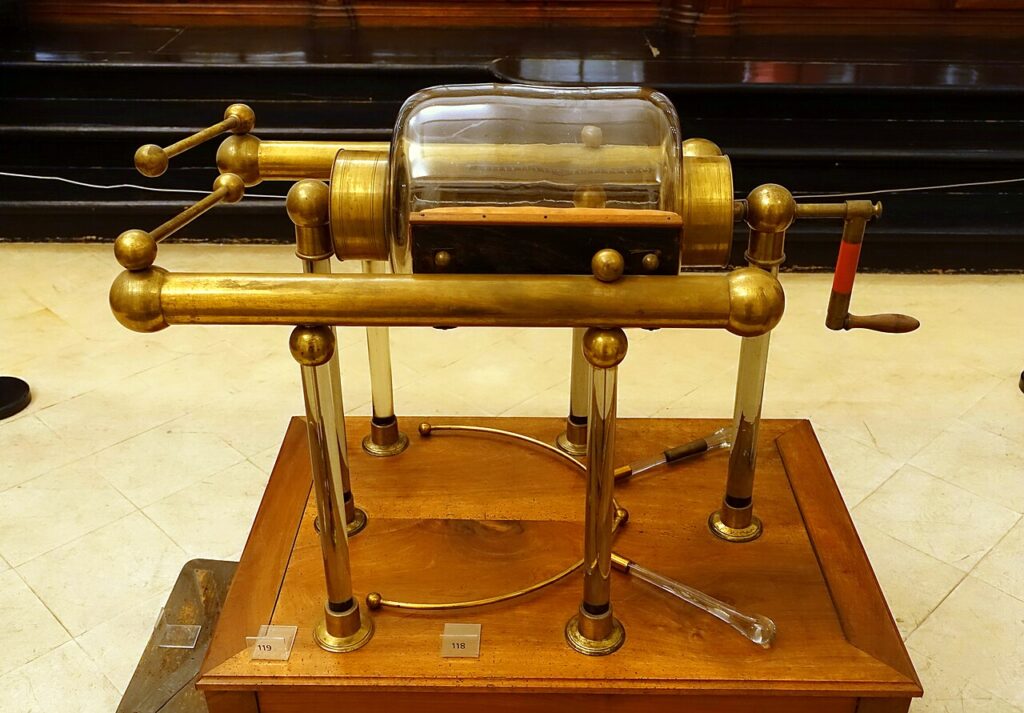
Electrostatic generators were built in the 18th and 19th centuries to produce static electricity for experiments. These devices are often made of glass, metal, and wood with spinning disks or spheres. They helped scientists study electrical phenomena before modern power sources. Collectors prize them for their historical role in physics.
Prices range from $2,000 to $15,000 depending on size and condition. Electrostatic generators are rare and often displayed in science museums. They show the early fascination with electricity. Owning one reflects interest in the foundations of science.
Galvanometer

The galvanometer was invented in the 19th century to detect and measure electric current. It uses a needle that moves in response to current flowing through a coil. Early galvanometers were crafted from brass and glass and were key tools in electrical research. Their rarity and scientific significance make them collectible.
Market prices generally fall between $500 and $5,000. These instruments highlight the beginnings of electrical engineering. Some antique galvanometers are functional and used for demonstrations. They serve as important pieces of scientific history.
Harmonic Analyzer

The harmonic analyzer was invented in the late 19th century to break down complex waves into simpler components. It is made of mechanical parts such as gears, rods, and levers. This instrument contributed to the development of signal processing and engineering. Its rarity and technical significance attract collectors.
Market value can reach tens of thousands of dollars. The harmonic analyzer represents a key step in scientific instrumentation. It is often found in museums or private collections. These devices reveal the early efforts to understand complex data.
This article originally appeared on Avocadu.
